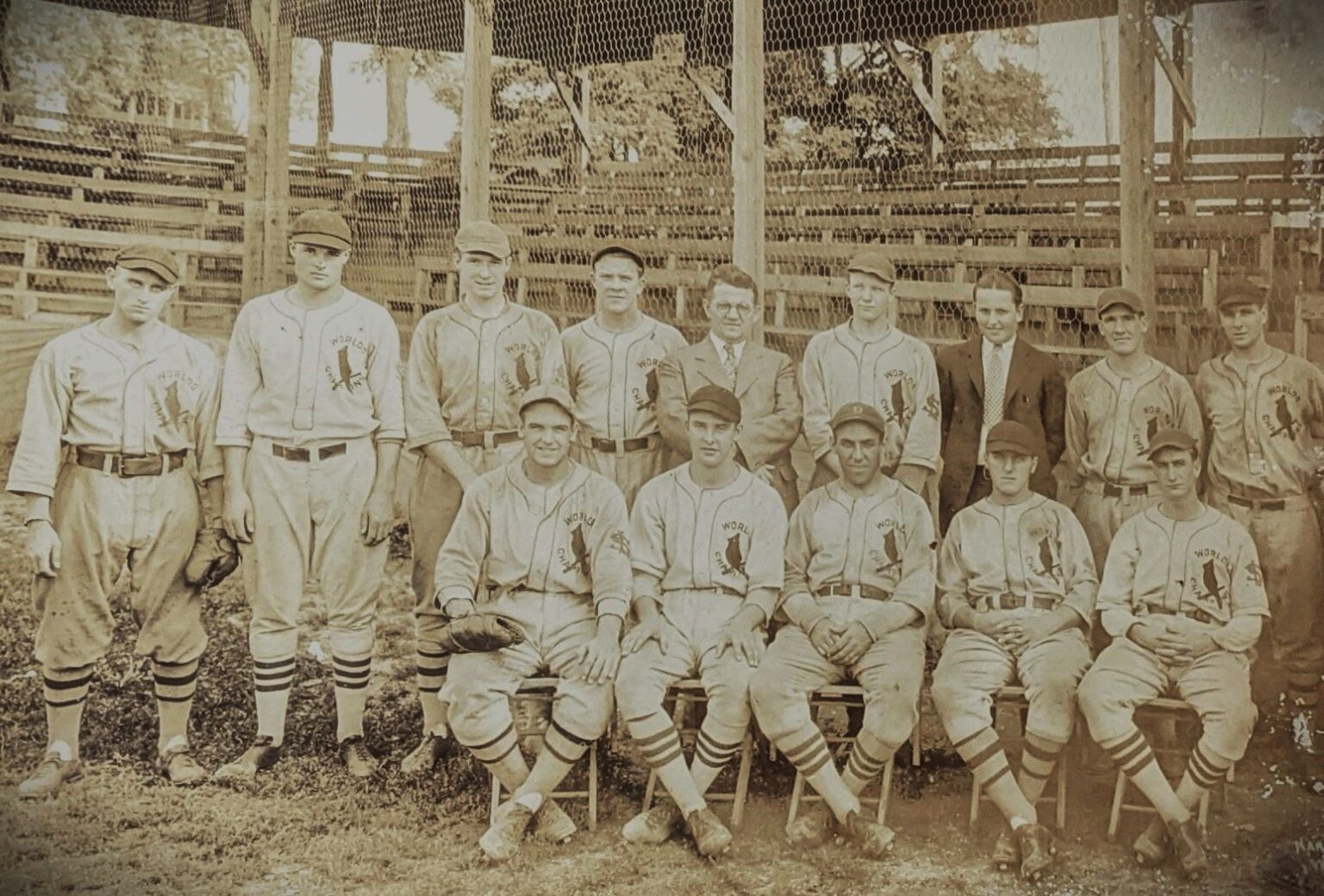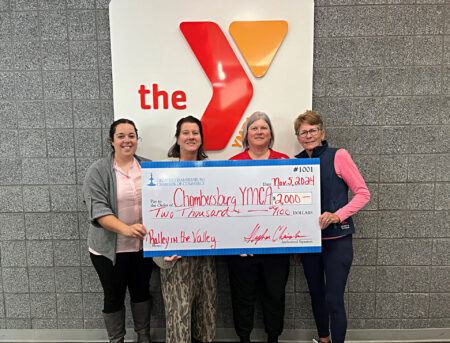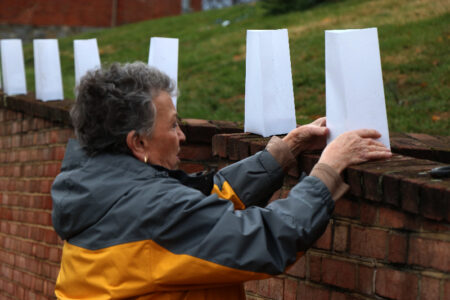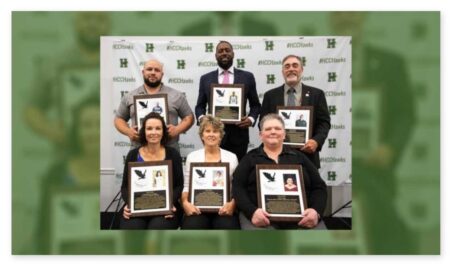As Major League Baseball celebrates its 2024 All-Star Game, a look back into local sports history recalls a memorable league that helped define the national pastime. In 1915, a baseball organization called the Blue Ridge League was created in Hagerstown. Six local teams competed, and their talented rosters gave tri-state baseball fans glimpses of future stars. One hundred years ago, the 1924 Martinsburg Blue Sox took home the trophy, winning their third consecutive championship.
Charles Boyer founded the Blue Ridge League (BRL), and later, James Jamison Jr., a Hagerstown businessman, was its respected League President. The first towns representing the BRL were Chambersburg, Hanover, Gettysburg, Hagerstown, Frederick, and Martinsburg. The league evolved during its fifteen-year run, creating lasting baseball memories, until it disbanded in 1930.
Scores of gifted ballplayers promoted spirited competition while developing intense rivalries between league teams. Baseball fans in Pennsylvania, Maryland, and West Virginia savored their excellent play at BRL games, despite these players being on the bottom rung (Class D) of a ladder leading up to the majors.
Most BRL players faded into obscurity. But a few legendary men are still remembered today. All told, over 100 future big-leaguers played on these local teams, and three BRL legends were later given their sport’s ultimate honor: induction into the Baseball Hall of Fame in Cooperstown, NY.
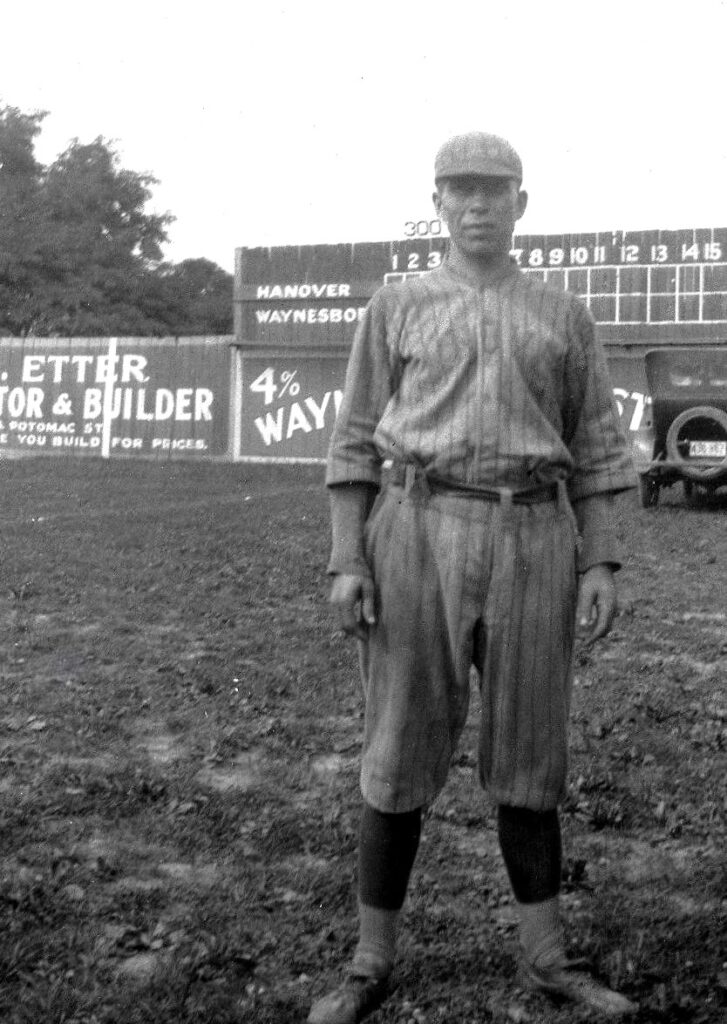
BRL baseball began in 1915, with the Frederick Hustlers achieving the first championship. The Chambersburg Maroons were victorious in 1916, and in 1917, the champs were the Hagerstown Terriers. It was the first of five championships for Hagerstown, the most in Blue Ridge League history. This Hagerstown franchise was known by three other names too, ultimately becoming the ‘Hubs’ after trying on nicknames ‘Blues’ and ‘Champs’. Other BRL teams frequently switched their names.
In 1918, two dramatic events conspired to end the Blue Ridge League. Play was halted that summer, as many ballplayers enlisted as World War I soldiers and served their country overseas. The devastating toll of the worldwide flu pandemic’s illness and death spilled into 1919 and the entire BRL season was canceled. But in 1920, the Blue Ridge League regrouped, with the Waynesboro Villagers arrival as a new franchise, rounding out a revamped six-team league.
As the roaring 20s began, The Martinsburg Blue Sox (originally called ‘Champs’) were poised to launch a BRL dynasty. In 1921, an Elmwood City, Pennsylvania, native named Lewis ‘Hack’ Wilson joined the team’s roster. Hack Wilson was a sparkplug of a man, only 5’ 6” tall, but constructed with a thick neck, huge head, and a powerful 195-pound physique. One sportswriter said he was “built like a beer keg, and not wholly unfamiliar with its contents.” Wilson was a hard-charging and combative character, on and off the field. He set the all-time BRL single-season home run record in 1922, with 30 homers in only 84 games. Wilson would later accomplish greater feats on a grander stage.
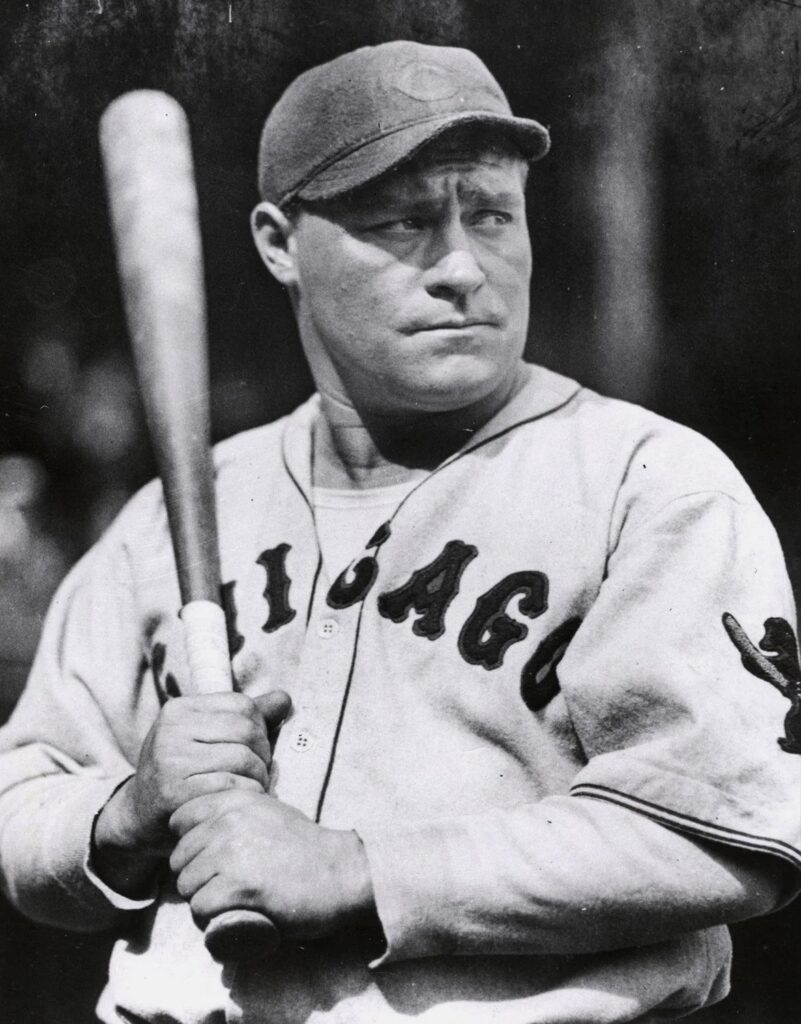
The Blue Sox also boasted players like Reggie Rawlings, a perennial batting champion who excelled during 13 BRL seasons. Robert Moses ‘Lefty’ Grove pitched for Martinsburg in 1920. His talent was quickly recognized and his BRL contract was purchased by the Baltimore Orioles, then a team in the Eastern League. Grove soon rose to the major league level and became a legendary star.
At Martinsburg’s Rosemont Park, Blue Sox fans were wild about their team. Home games were a sensation and while they cheered in the stands, these supporters’ rowdy behavior and acts of intimidation were common occurrences.
The Chambersburg Maroons fought a heated rivalry with Martinsburg, and they warned the neighbor Waynesboro team about potential hazards from Blue Sox followers. In the summer of 1922, the 2nd place Waynesboro Villagers traveled to West Virginia for a crucial two-game set with the league’s best team, bringing some PA fans along for a crazy ride.
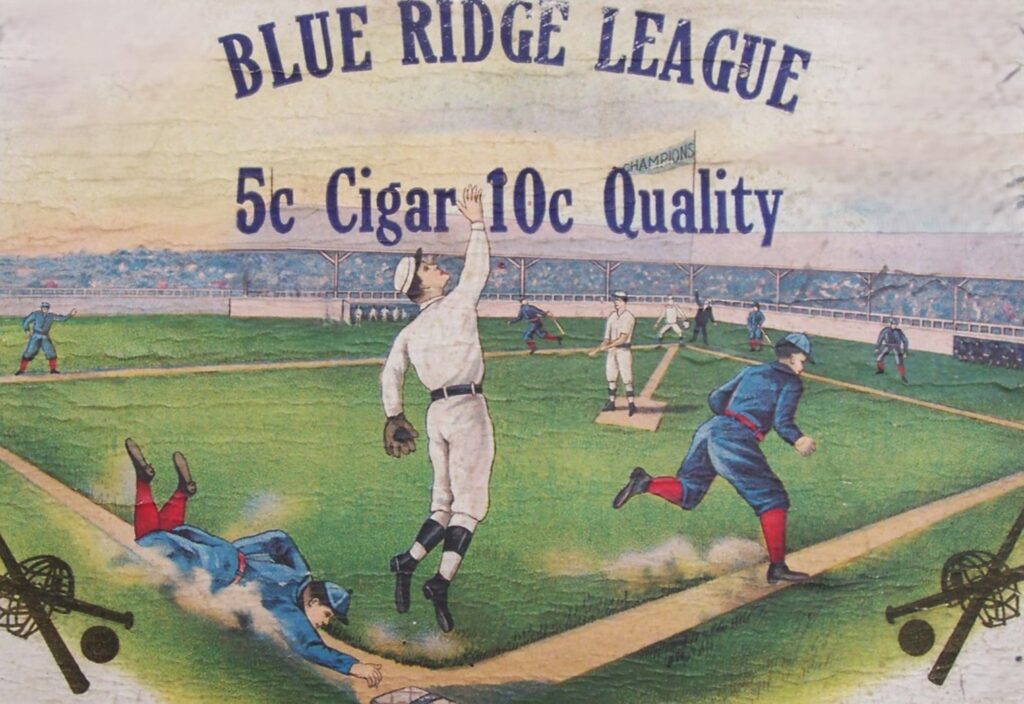
During that game, Martinsburg fans stormed the field multiple times when calls went against the Blue Sox. A bottle was thrown at the Waynesboro third baseman- which whizzed past his head. The Martinsburg third-base coach turned to the home crowd and yelled: “If you’re gonna thrown at ‘em, don’t miss ‘em.” But other Waynesboro players were pelted with stones and pieces of brick. Another was hit by a potato. An umpire was mobbed and ruffed up. Local law enforcement couldn’t control the unruly crowd and star Martinsburg players Wilson and Rawlings came to the Waynesboro players’ rescue. Martinsburg won the first game 7-6 but lost the second to the visiting Villagers 4-2. Waynesboro fans made a swift retreat north after the victory, but were showered with debris from Martinsburg hooligans on their escape route.
The Blue Ridge League possessed numerous colorful characters, many with accompanying nicknames. Notable players answered to ‘Bugs’, ‘Chick’, ‘Shorty’, and ‘Snooks’. Five no-hitters were thrown during league play and two pitchers won 25 games in season schedules much shorter than the big leagues.
During the early ‘20s, the Blue Sox played exceptional baseball. While the Blue Ridge League was competitive (Waynesboro finished only 1 ½ games behind after those hotly contested 1922 games), the Martinsburg team had superior offensive power combined with excellent pitching. They won their first league championship in 1922 and repeated in 1923.
As the 1924 season unfolded, the Hagerstown Hubs were determined to de-throne the Blue Sox. For most of the season, Hagerstown led the league standings, powered by three hitters that batted above .345. But Martinsburg refused to relinquish their two-year title reign without a fight.
The Waynesboro Villagers hosted the Blue Sox in July and won some retribution from the contentious ’22 WV games. Although Waynesboro would finish last that year, the local newspaper was giddy reporting a victory, saying the Villagers had “whipped the two-time Martinsburg champs to a 12 to 4 frazzle” at the Borough’s E.B. Park. The second game of the doubleheader was ruled a 4-4 tie because of darkness.
But the Blue Sox finished strong in ’24. Reggie Rawling’s .379 batting average led the league, and he hit 21 homers. Martinsburg finished with a 59-38 record, a few percentage points ahead of Hagerstown, who finished with one more win, but also one more loss. With no playoff system yet, the Blue Sox won a narrow season-long championship. It was the closest finish in BRL history. The Hagerstown Hubs avenged that heartbreaking loss during the next two seasons, winning the league crown in 1925 and 1926.
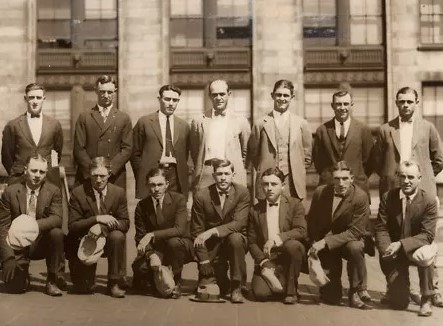
The BRL changed its format to a split season in 1926, hoping to add revenue and interest. With this new system, the first-half champ played the second-half champ in a year-ending championship series.
During the latter ‘20s, the three Pennsylvania teams suffered financial distress and rescue arrived from Major League sponsorships. With connections to far-off cities, Waynesboro’s new St. Louis farm team changed its local name from the Villagers to the Cardinals (1925), and Red Birds from 1928-30. Chambersburg was affiliated with the New York Yankees, Martinsburg was connected to the Philadelphia Athletics, and Hagerstown partnered with the Washington Senators.
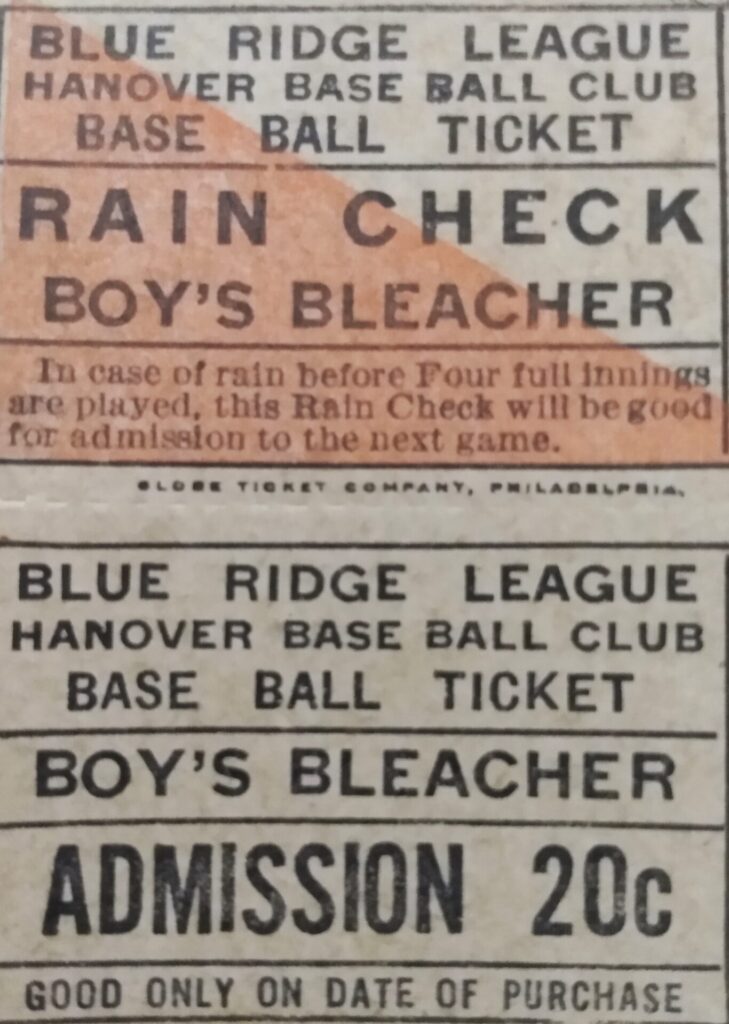
On October 24, 1929, the stock market crashed. The looming Depression sealed the Blue Ridge League’s doom, which folded after the 1930 season. But that same year, former Martinsburg player Hack Wilson played for the major’s Chicago Clubs, and he achieved a legendary offensive season. Wilson hit 56 home runs, a National League record that stood for 68 years. Hack also knocked in a phenomenal 191 runs. That RBI total is a major league record that still stands 96 years later.
But Wilson’s knack for hard living shortened his baseball career. After a series of post-career financial hardships, Hack Wilson died, aged 48, after a fall at his Baltimore home. National League President Ford Frick donated funds to cover funeral expenses. Wilson is interred at Martinsburg’s Rosedale Cemetery, in his adopted baseball town, where a handsome granite monument marks his resting place. Wilson was inducted into the Baseball Hall of Fame (HOF) in 1979.
BRL alum Lefty Grove enjoyed a longer career in the majors, winning 300 games over 17 seasons for the Philadelphia A’s and Boston Red Sox. He led the league in ERA a record nine times and once won 16 straight pitching decisions. Considered one of the 1930s greatest pitchers, Grove was inducted into the baseball HOF in 1947.
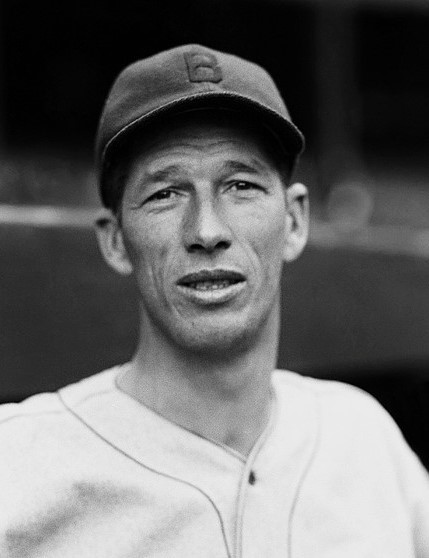
The third member of BRL baseball royalty was Bill McGowan. He wasn’t a player, but an umpire. Respect for McGowan’s officiating, which began in the BRL in 1917, culminated in a 30-year Major League Baseball career and earned McGowan a trip to Cooperstown in 1992. In the great Ted Williams’ opinion, McGowan was the finest umpire he’d ever witnessed.
In Waynesboro, another notable player was Billy Myers, who joined the Cincinnati Reds and was later inducted into the Reds Hall of Fame. Johnny Keane started as a Waynesboro BRL shortstop, then eventually became a major league baseball manager. In a memorable managerial switch, Keane managed the St. Louis Cardinals to a World Series victory in 1964. But then, Keane abruptly resigned to manage the ’65 Yankees.
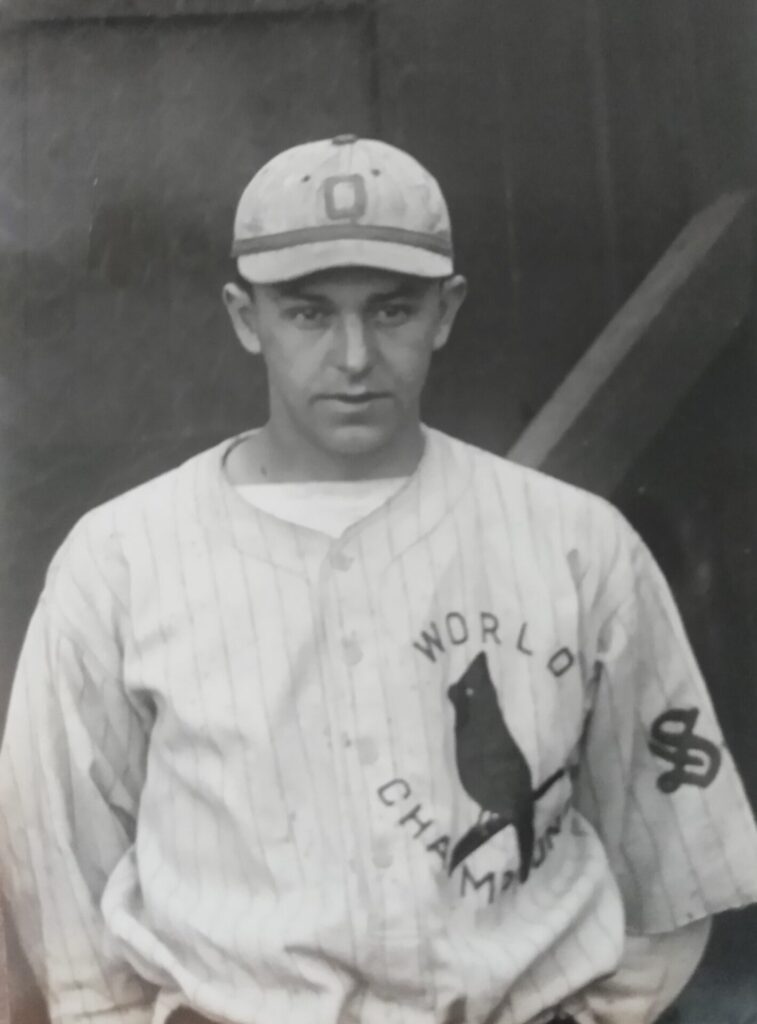
Keane’s former Waynesboro franchise never won a BRL title, but they did wear the St. Louis Cardinal’s victorious World Series uniforms one season, showing farm team pride.
The successes of some Blue Ridge Players went beyond baseball. Burton Shipley played and managed for Waynesboro and Martinsburg, but later became well-known as a basketball coach at the University of Maryland. Alan ‘Lefty’ Clarke also played for the same two BRL teams and was a standout pitcher. Clarke won a record-tying 25 games for Waynesboro and also threw a no-hitter against his former Martinsburg team. Clarke went on to become a prominent thoroughbred trainer in his native Maryland.
Looking back a century, these Blue Ridge League teams had a huge impact on local towns, serving as a source of community pride, while bringing athletic entertainment and commerce to the tri-state area. Some BRL players later returned to the Cumberland Valley. They apparently not only fell in love with baseball but with the local communities that hosted them.
(With thanks to Patrick Helfrick for supplying images, artwork, and research contributions)



